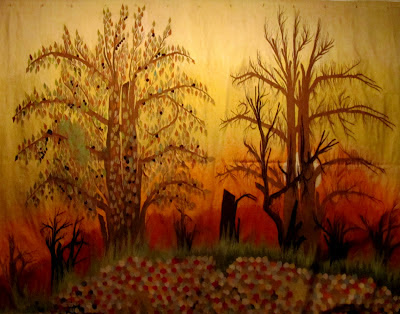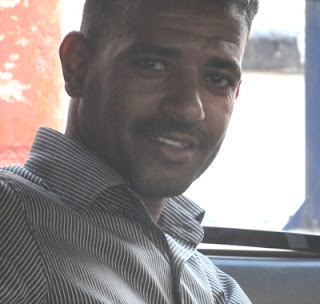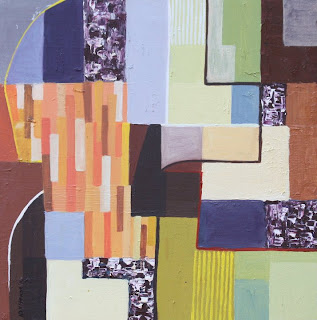Samir Abd El Shahed | Egyptian New Weave

Capitalising on Revolution Photo of Samir and Asad in Luxor, 2012 The New Baraka Carpet shop in the central part of Luxor in Upper Egypt, sits the cheerful owner, Samir Abd El Shahed and his trustee assistant, Asad Fickeri. Their doors opened just over twenty-eight years ago, back in 1984 and over the past quarter of a century Samir has become an expert in Egyptian tapestries from all corners of Egypt. Now he is focusing on the top ten artisans throughout the country and he tells me his business is booming. Although the tourism industry has all but dried up in Luxor, the Internet is playing a huge role in finding new and exciting markets for artists of Northern Africa and the Arabic world. Capitalising of the constant news of Egypt and the Arabic Spring one area that is finding new growth is contemporary art from the revolutionary Arabic countries. With the downfall of the Dictators the focus now is in building the new and respecting those that have been against the regimes from the ou




